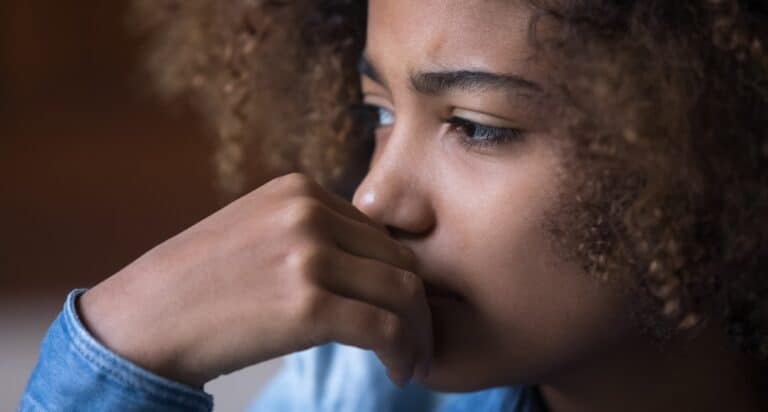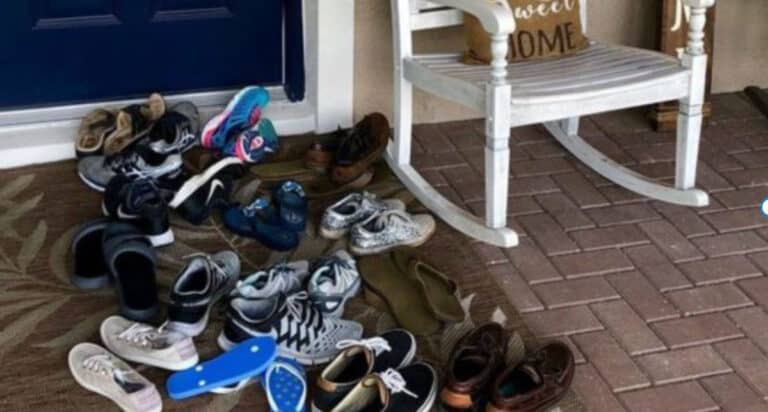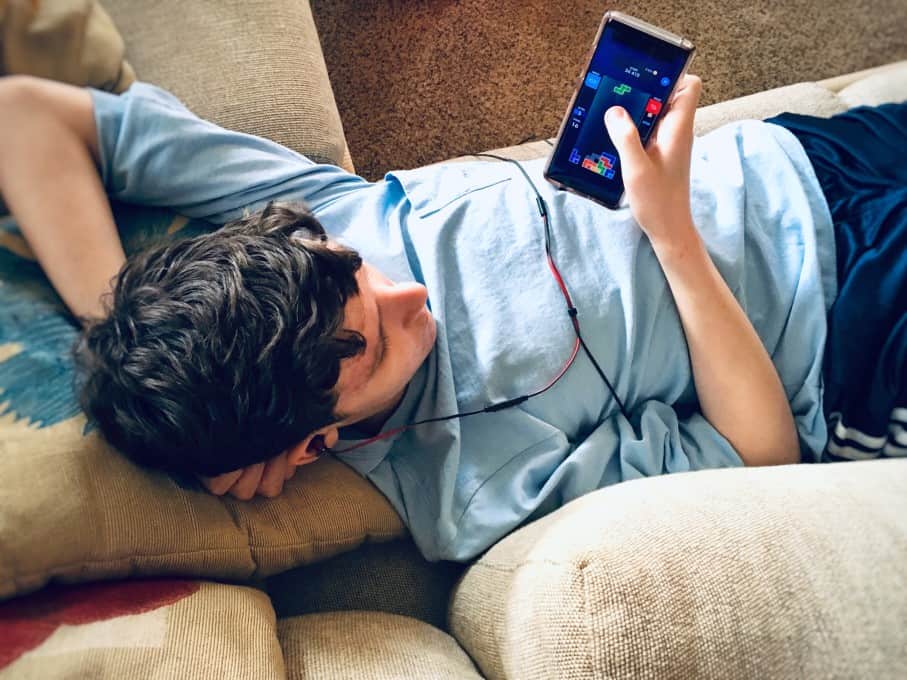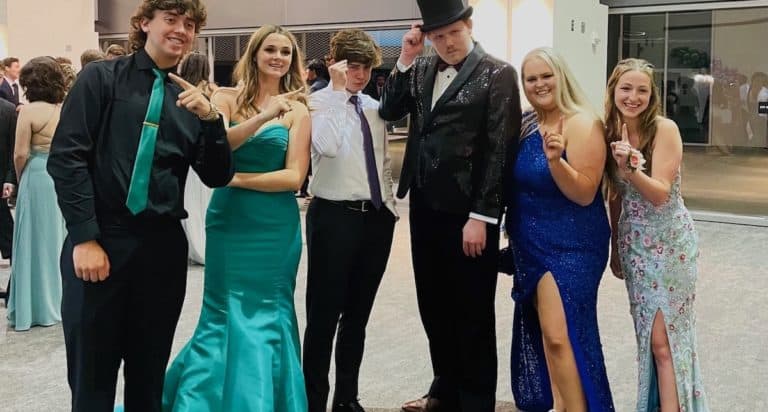A mom of a likable, down-to-earth kid calls the school counseling office worried. “My daughter’s friends seem to be ditching her,” the mom tells me. “She sees photos on Snapchat and Instagram of their parties, but she’s not invited to any of them. I don’t know whether to be mad at her friends or worried that my daughter is doing something to push them away.”
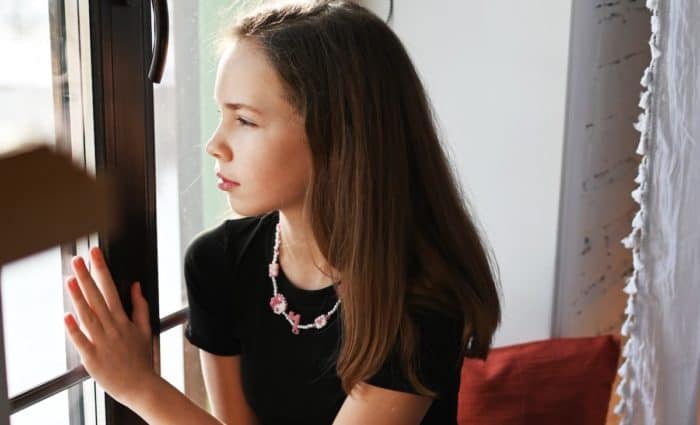
The teen in question is a sophomore in high school. From the adult perspective, she’s a superstar: responsible, upstanding, empathetic, funny, and sharp — the type of kid I would have hired in a hot minute to babysit my children when they were younger. But even with all she has going for her, this kid struggles socially. What might be going on?
Why might a group of teens start excluding a former friend?
Explanation #1: Substance Use in the Social Mix
Sometimes, as they enter adolescence and friends grow and change, kids with great heads on their shoulders might find their values at odds with those of their peer group. “Might some of your child’s friends be experimenting with alcohol or other drugs?” I ask the mom on the phone. “And how does your child feel about these behaviors?” If her peers are starting to use her and she’s not on board, this teen might feel — or be — ostracized from her formerly dependable peer group.
During school hours, when substance use is generally not occurring, the old friend group is likely happy to have the socially astute, straight-arrow kid around, especially since they have a long and probably happy history together. However, she can start to feel increasingly like an outsider as conversations over lunch shift towards parties and the stories of her peers experimenting with various substances that she isn’t interested in using.
These may be parties that she attended but where she refrained from use, but often they are gatherings to which she was not invited. Sometimes, peer groups leave a non-user off the invite list when they know substance use will be on the agenda.
The other children do not see this as exclusion — they justify their choice by saying, “Well, we knew so-and-so wouldn’t be interested in coming to the party anyway. She doesn’t drink.” Peers see themselves as doing the non-user a favor. The non-user, meanwhile, would still prefer (to be seen as cool enough to receive) an invite…and would like to do the refusing herself.
This dynamic, by the way, generates some pretty intense peer pressure around drug and alcohol use. When it comes to experimentation, a teen rarely gets openly ridiculed for her non-use by a group of kids she considers her friends. More often, experimenting teens will say they support their peer’s choice to abstain, and the sentiment will be genuine.
However, the non-using teen’s increasing feelings of isolation can directly conflict with her values around maintaining sobriety. This pull can sometimes cause kids to cave on their values to bolster a sense of belonging, which is important for all humans but particularly critical during adolescence. And when belonging comes at the cost of one’s morals, self-esteem can suffer.
Explanation #2: Fed Up with Social Drama
A second and perhaps equally addicting source of peer group shifts during adolescence can be what teens commonly refer to as “drama.” This term refers to the highly compelling social chaos and relationship jockeying that typifies the interactions of many but not all friend groups during adolescence.
Some drama is to be expected from time to time. But persistent social drama is most likely to occur in peer groups with an imbalance of power among the members. In said groups, we will likely observe what author and educator Rosalind Wiseman aptly calls one or two “queen bees” or “masterminds” whose opinions and wishes generally hold more weight than their peers.
The top dogs could have more social cache for any number of reasons, including but not limited to cool clothing, quick verbal wit, athleticism, early entry into the dating world, or even permissive parents whose failure to enforce rules permits these kids to take risks that would land their more closely-parented peers in hot water. Meanwhile, consciously or subconsciously, the less powerful group members are at the whims of the power kids.
As long as the sidekicks are in the good graces of their more powerful peers, their spot in the friend group is secure. Challenge the status quo, however, and a sidekick might become an outcast.
Let’s return to that dependable, down-to-earth, straight-arrow, socially competent young person whose worried mom called my office. Perhaps it’s not substance use within the friend group causing the rift but increasing levels of social drama. In my counseling office, I witness this phenomenon with some regularity.
The scenario goes something like this: the young person entered high school with a peer group formed largely from her middle school friends, and a few new kids have also joined the mix, shaking up the dynamics a bit. While there weren’t queen bees or masterminds in middle school, they now exist in the group, and this kid is not one of them.
Further, this group is pretty active, organizing frequent get-togethers, outings, and parties, something the teen appreciates because, in addition to being a level-headed decision-maker, she’s also quite social. However, she’s starting to find that her values may make it difficult to stand for all the drama surrounding a queen bee or a mastermind because with drama comes hurt feelings, and this kid doesn’t like to step on others’ toes.
Thus, she’s torn between wanting high amounts of social action and a peer group that is consistently psychologically safe and welcoming. Meanwhile, the power kids sensed her reticence and started to leave her out subtly or not overtly because one can’t buck the status quo in groups like this.
Again, this young person feels torn between her values and a strong desire to belong. As with substance use, social drama within a friend group can make an even-keeled, likable, mature, and responsible kid feel like something is wrong with her.
What Can Parents Do to Help?
Parents should pull back the curtain on the above dynamics for their teens when possible. Explore, then label what’s happening and normalize your child’s experience. Help teens see the patterns in their behaviors, those of their peers, and the emotional responses each party may have. And remind teens that “this too shall pass.”
The rules of socializing shift for the better as one gets older and out of early and middle adolescence. This type of validation can help kids maintain conviction around their values and hope for finding their tribe eventually, even later in high school or beyond.
And speaking of tribes, the need for belonging cannot be overstated during adolescence. Parents can assist teens in engaging with new peer groups, even if those groups are not at school. Encourage teens to try new group activities and strengthen friendships on their sports teams, at their part-time jobs, or through youth groups and volunteer opportunities. And if they don’t have any other options, help kids pursue them.
Next, reiterate your family’s highest values around these matters and subtly remind your child that you and she are on the same team. In doing so, parents can help their child feel a sense of belonging, even if it’s not within a peer group.
A parent might say something like,
You are a part of our family, and this family believes in being inclusive and kind, even if it’s the hard thing to do. We respect your decision to pull back from this friend group if they aren’t currently living by those values.
Further, tempting as it may be, refrain from villainizing the peers who are using substances or who might be ostracizing your child. Those young people are also navigating the trials of adolescence and doing their best with their tools.
Parents can model grace and compassion by questioning and perhaps even expressing disapproval of peers’ choices but not the kids themselves. Because these things have a way of working out, if not by the end of high school, then often by the five-year reunion, parents need not go on record as bad-mouthing peers that might resurface once everyone’s prefrontal cortexes are finished cooking.
This said, sometimes parents can do and say all the right things, but the situation doesn’t resolve how anyone would have wished. In these instances, parents should stay alert for increasing distress in their children. Navigating the social seas of high school can be tough going.
When the storm is temporary, most kids have the energy to withstand the winds. But when the storm is unrelenting and long-term, kids’ moods can suffer, and we might see depressive symptoms or anxiety begin to set in. Contact your child’s school counselor, social worker, psychologist, or an outside mental health professional for support and guidance if a parent has concerns.
In the case above, where the mom contacted me looking for assistance, I met with her daughter, during which I could state how highly I thought of her and how confident I was that she would become an amazing adult. And, because I knew the child, I could provide specific reasons for my assertions.
My words didn’t fix her immediate situation. Still, they buoyed her temporarily, helped her stay true to her values, and encouraged her to keep in touch with me as she navigated her uncertain social standing, which was indeed affected by substance use and social drama in the peer group. By her senior year, she had moved away from her sophomore peer group, a process that had been painful and challenging at the time.
However, with challenge comes growth, and this young woman eventually settled into a circle of friends with whom she felt comfortable, confident, and valued. She could proudly say she had not compromised her values to do so.



